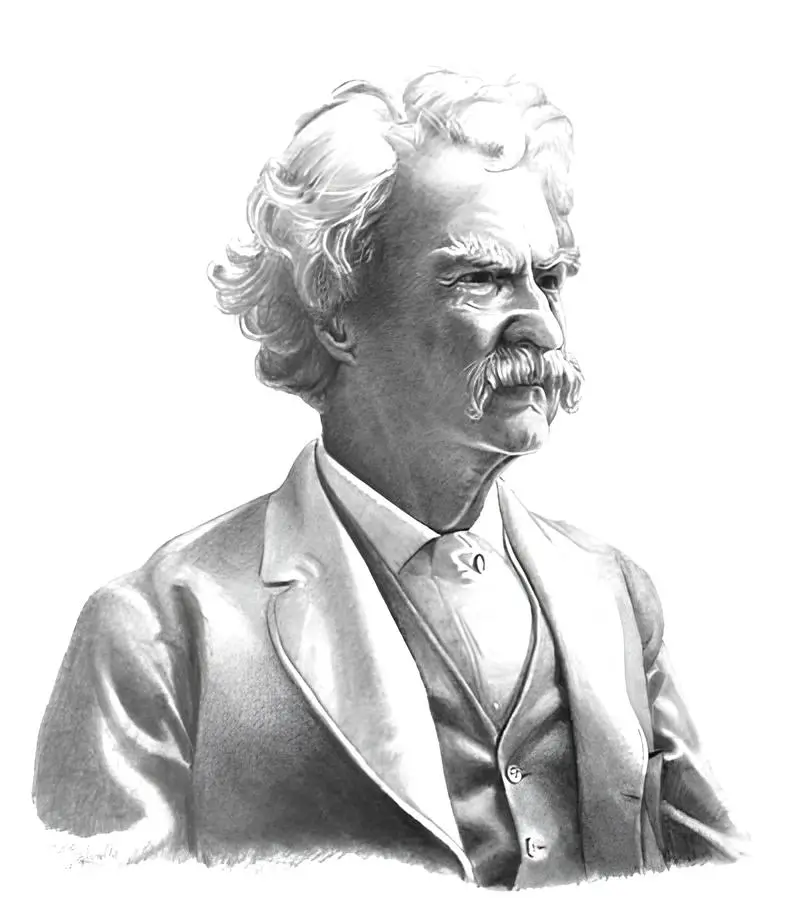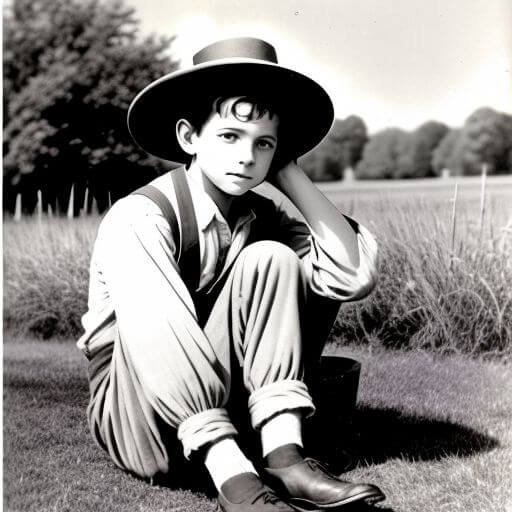Mark Twain stands as one of the titans of American literature. Known for his sharp wit, keen storytelling, and incisive commentary on society, he crafted novels that continue to resonate across generations. Among his works, The Adventures of Tom Sawyer holds a special place as a timeless tale of adventure, morality, and childhood wonder.
Whether you’re a seasoned literature enthusiast, a student uncovering American classics, or an educator exploring essential texts for your curriculum, this blog dives deep into the enduring legacy of one of Twain’s most celebrated works. We’ll explore its plot, characters, themes, and much more to understand why The Adventures of Tom Sawyer Pdf remains relevant today.
Mark Twain and His Influence on American Literature
Samuel Langhorne Clemens, known by his pen name Mark Twain, is often hailed as the father of American literature. Born in 1835 in Hannibal, Missouri, Twain’s upbringing near the Mississippi River heavily influenced many of his stories. His works, marked by a blend of humor, satire, and poignant social criticism, captured the complexity of the human condition and American society in the 19th century.
Considered a master of vernacular writing, Twain brought authenticity and relatability to his characters through their colloquial speech. His novels, such as The Adventures of Huckleberry Finn and The Adventures of Tom Sawyer, have become literary cornerstones, reflecting on themes like race, identity, freedom, and moral development in ways that are both entertaining and thought-provoking.
An Overview of “The Adventures of Tom Sawyer”
Published in 1876, The Adventures of Tom Sawyer is widely regarded as a celebration of childhood. Set in the fictional town of St. Petersburg, Missouri, the story follows the escapades of the mischievous yet endearing Tom Sawyer. Alongside his companions Huck Finn and Becky Thatcher, Tom navigates the joys and perils of youth with unmatched curiosity and daring.
Key Characters
- Tom Sawyer
The protagonist and heart of the novel, Tom is an imaginative and adventurous boy. Though often rebellious and mischievous, he shows remarkable wit and a tender conscience.
- Huckleberry Finn
Tom’s close friend and partner in adventure, Huck is the town’s outcast. Admired by the children for his freedom and dismissed by adults for his lack of convention, Huck represents a life unfettered by societal constraints.
- Becky Thatcher
Tom’s love interest and the embodiment of youthful innocence. Becky’s interactions with Tom bring moments of humor and tenderness to the story.
- Aunt Polly
Tom’s loving yet strict guardian, Aunt Polly serves as both a source of authority and a voice of moral guidance throughout the novel.
- Injun Joe
The antagonist, whose vengeful schemes add an element of danger and suspense to the otherwise lighthearted narrative.
A Glimpse into the Plot
The novel opens with Tom’s playful antics in his small-town life, including his famous trick of persuading friends to whitewash a fence on his behalf. What begins as an exploration of carefree childhood soon takes a darker turn when Tom and Huck witness a grave injustice at a local graveyard.
Their discovery of buried treasure, interactions with the vengeful villain Injun Joe, and Tom’s heroic exploits ultimately reveal his growth from a mischievous boy into a brave and morally conscious individual.
Themes in “The Adventures of Tom Sawyer”
Twain’s The Adventures of Tom Sawyer goes beyond its surface of childhood hijinks to explore complex and layered themes.
1. Childhood and Innocence
An ode to the boundless energy and innocence of youth, the book highlights the joys and trials of childhood. Tom’s escapades remind readers of the universal desire for adventure and the transitions that herald maturity.
2. Freedom Versus Societal Expectations
Through characters like Tom and Huck, Twain juxtaposes the freedom of childhood with the limitations imposed by society. Huck’s carefree existence contrasts sharply with the expectations Aunt Polly and other adults place on Tom.
3. Friendship and Loyalty
The bond between Tom and Huck forms the emotional core of the story, emphasizing the value of friendship even in the face of adversity. Both boys demonstrate remarkable loyalty and courage in standing by one another.
4. Moral Growth
Despite his mischief, Tom grapples with questions of right and wrong. His decision to testify in court against the dangerous Injun Joe showcases his developing sense of ethics.
Twain’s Literary Devices and Writing Style
Twain’s mastery of language and literary techniques is evident throughout The Adventures of Tom Sawyer.
- Use of Vernacular Speech
Twain’s use of regional dialects lends an authentic voice to his characters, making them relatable and endearing.
- Descriptive Imagery
Twain’s vivid descriptions transport readers to the sunlit banks of the Mississippi River and the shadowy confines of the treasure-filled caves.
- Satire and Humor
Twain’s sharp wit is evident in his satire of societal norms and adult authority, often delivered with humor that appeals to both young and adult readers.
- Symbolism
From the Mississippi River to the treasure chest, Twain uses symbols to underscore themes of freedom, adventure, and transformation.
Historical and Cultural Context
Published shortly after the Civil War, The Adventures of Tom Sawyer reflects the societal dynamics of post-war America. The book’s depiction of life along the Mississippi draws heavily from Twain’s own boyhood experiences.
Twain’s portrayal of race, class, and gender sheds light on the inequalities and cultural norms of 19th-century America, offering modern readers valuable historical and sociological insights.
Reception and Legacy
At the time of its publication, The Adventures of Tom Sawyer was praised for its wit and vivid portrayal of childhood. However, some critics viewed its somewhat episodic narrative and juvenile focus as a departure from traditional literature.
Over the years, it has grown in stature, becoming a staple of American classrooms and a favorite among readers worldwide. Notably, it served as a springboard for Twain’s Adventures of Huckleberry Finn, often hailed as the quintessential American novel.
Why “The Adventures of Tom Sawyer” Remains Relevant
What makes The Adventures of Tom Sawyer a timeless classic is its universality. At its core, the novel is about the struggles and joys of growing up, a connection that transcends generations. Its themes of freedom, moral growth, and friendship remain as powerful today as they were in Twain’s time.
For educators, the book offers rich material for discussions on literary devices, social commentary, and moral development. For students and readers, it’s a delightful exploration of nostalgia and adventure.
If you’re yet to read it, or if it’s been a while since your last visit to St. Petersburg, now is a great time to rediscover Twain’s masterpiece to experience the wonder and wisdom of childhood.





Leave a Reply